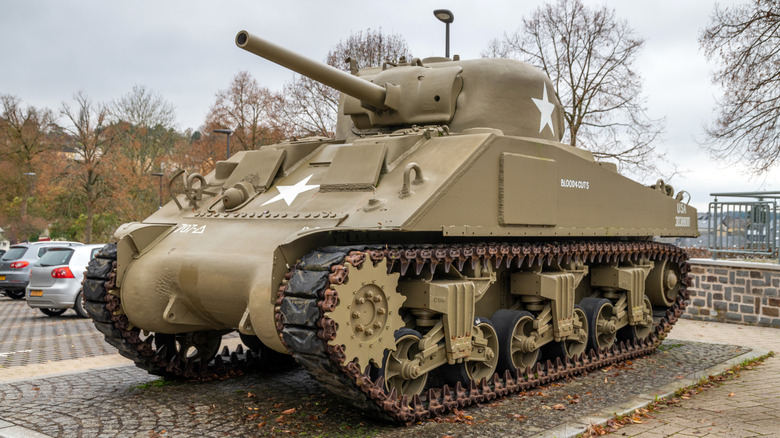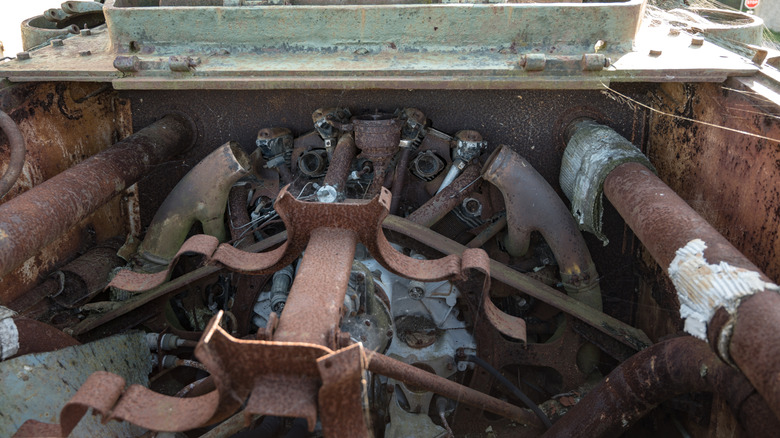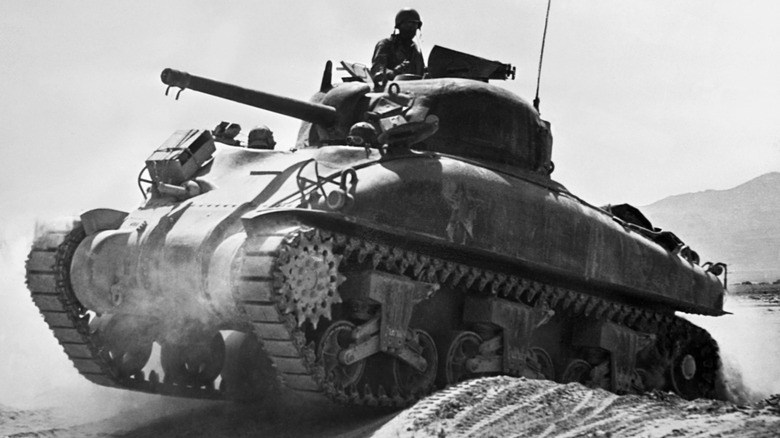Why Did The M4 Sherman Tank Come With So Many Different Engine Options?
During World War II, the M4 Sherman became the backbone of the American armored forces. However, it still had its flaws. One major design anomaly was the sheer number of engine types it used. The Sherman rolled out of factories with five main powerplants: A radial aircraft engine, a Ford V8, a pair of General Motors diesel engines, a Chrysler multibank, and even Caterpillar diesels for exports. With so many variants, you could assume there was something fundamentally wrong with the Sherman, or maybe a case of indecision. In reality, it simply came down to survival.
During World War II, The U.S. War Department needed tanks fast, and there weren't enough of any one engine to go around. Engineers had to think outside the box. Fortunately, the Sherman's design was modular enough that manufacturers could bolt in whatever engine they had access to.
Each version had its own quirks, but in the chaos of global war, what mattered most was volume. The M4 Sherman was as much a formidable weapon, as it was a product of industrial improvisation, designed to adapt to whatever American factories could supply.
Production pressure turned the M4 Sherman into an engine chameleon
As you might think, one engine would've made logistics and training much easier, but the U.S. couldn't afford that luxury in the heat of battle. The original M4 Sherman used the Continental R975 radial, an air-cooled engine initially designed for aircraft. It was compact and powerful, but aviation demand meant it was never available in huge numbers. Ford stepped in with its massive 18-liter GAA V8 engine; based on a canceled aircraft engine. Then Chrysler answered with the A57 multibank, an engine mashup made from five inline-6 car engines tied together. GM offered the 6046, which was essentially two diesel truck engines.
Each variant was a compromise to keep tanks rolling off the line, meaning these creative pivots prevented the likelihood of any potential production bottlenecks. The Army Ordnance Department coordinated this patchwork approach to maintain output across dozens of factories. It worked, too: Nearly 50,000 M4 Shermans were built by war's end. However, each engine type came with different performance, cooling, and maintenance demands, making supply chains in the field difficult.
Why the M4 Sherman's engine diversity was both genius and a headache
Engine variations gave the M4 Sherman production resilience, but made it an operational headache. In the field, mechanics had to juggle multiple parts and procedures for completely different power plants. A crew trained on a Ford-powered Sherman might get reassigned to one with a Chrysler or GM setup, each requiring different tools and troubleshooting. Even the fuel type became an issue: Some were gasoline, others were diesel, which added risk in logistics and fire safety. Still, this patchwork strategy paid off.
By the time the Allies stormed Europe, the U.S. had more Shermans than Germany had tanks of any kind. The industrial flexibility behind the M4 Sherman helped win the war, even if it meant post-war headaches for NATO allies trying to maintain mixed fleets. Long after World War II was over, Sherman variants saw combat around the world, from Korea to the Middle East, and their engine legacy reflects a machine that wasn't built for practicality. It was built for adaptability out of necessity and endurance under pressure.


